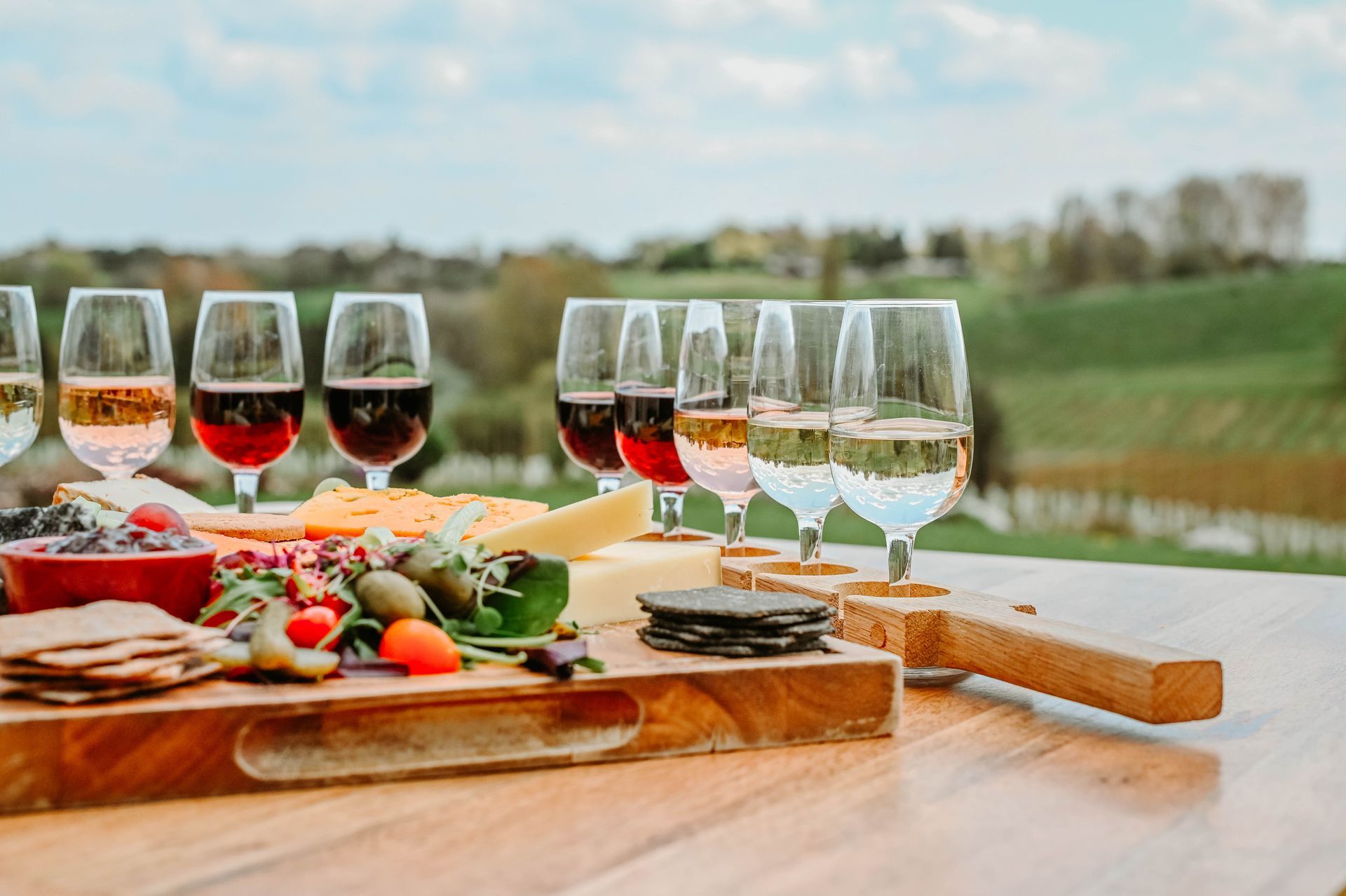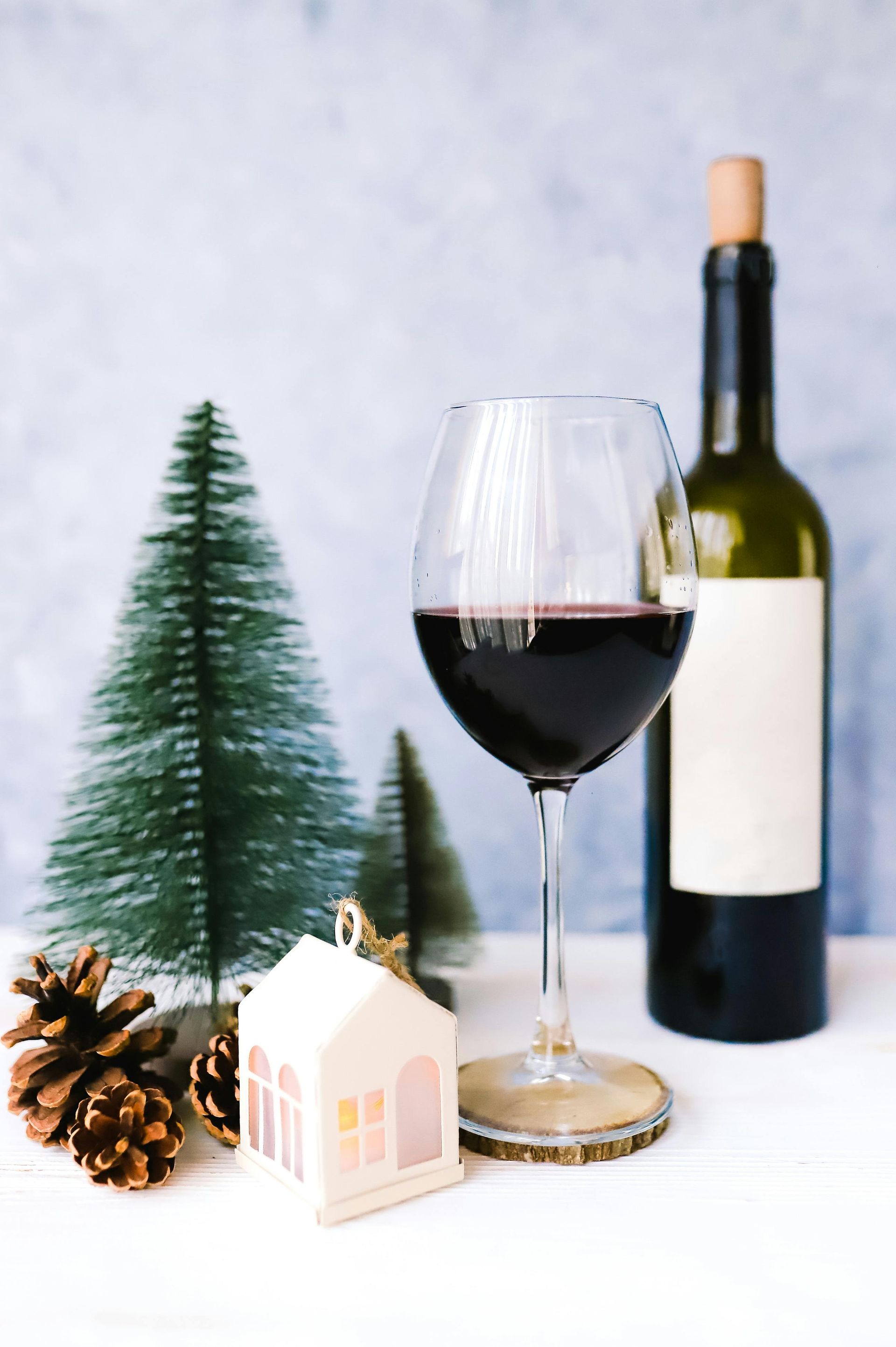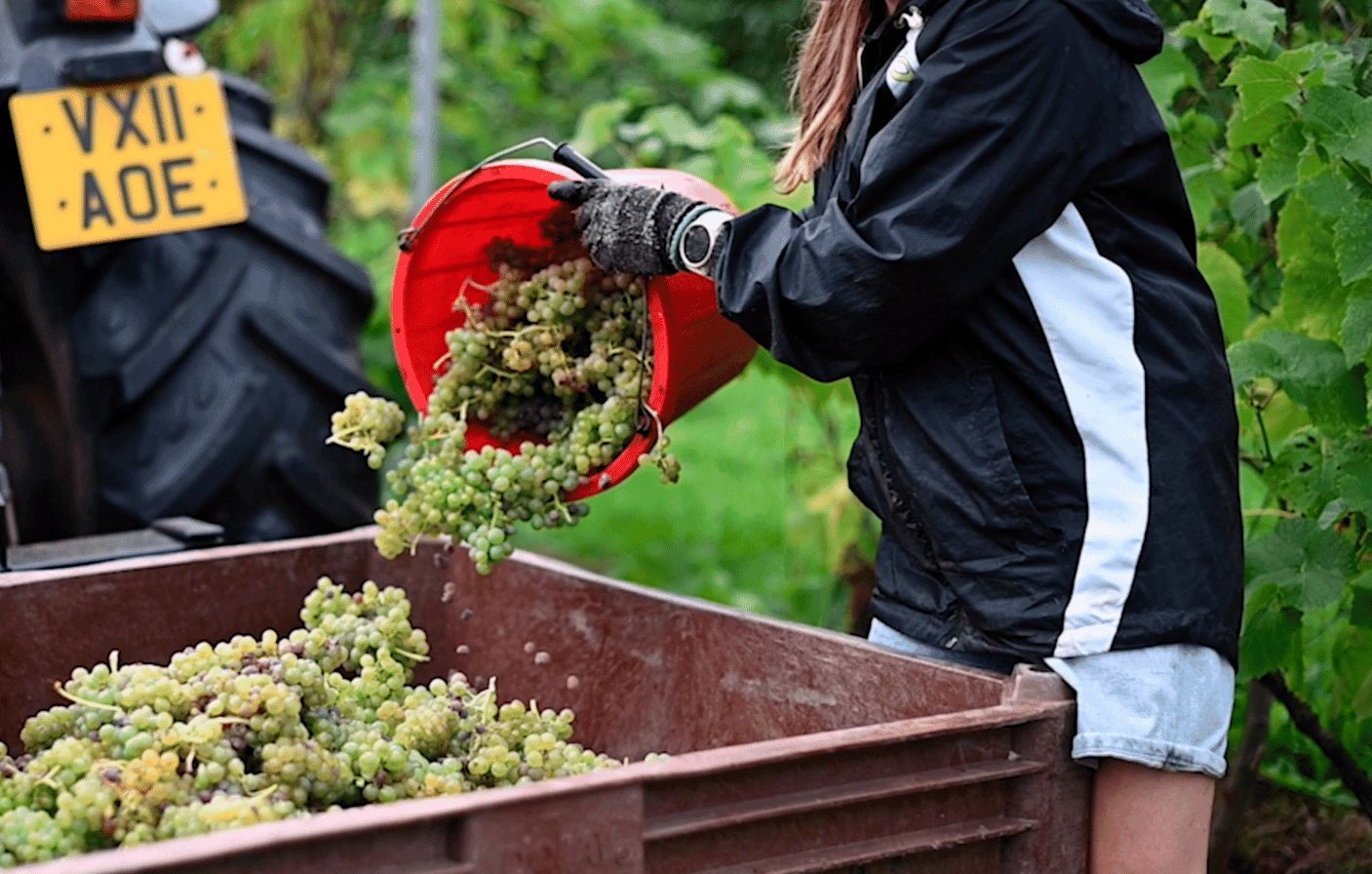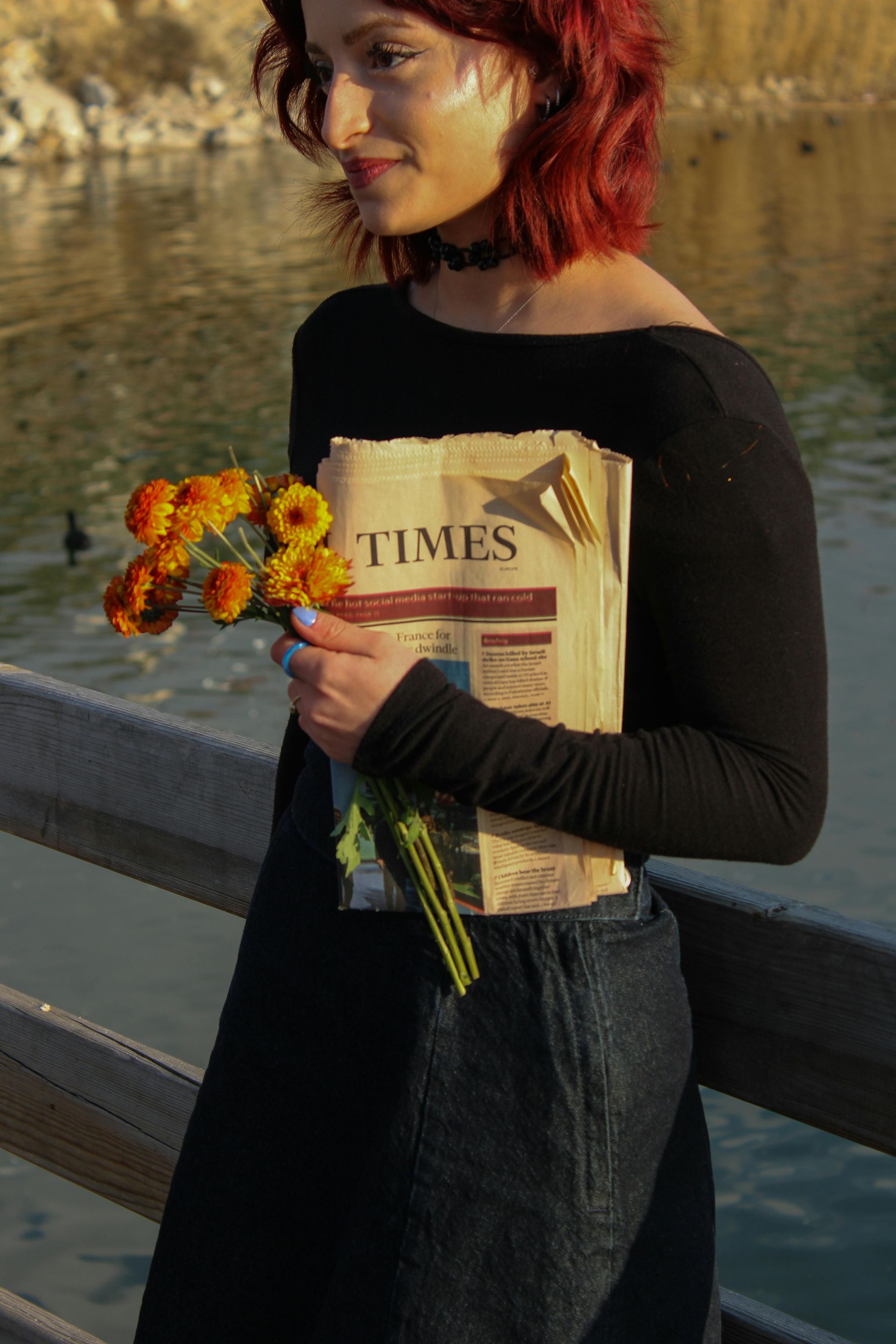Do red grapes only make red wine?
When you think about wine, it is usual to assume that red wine comes from red grapes and white wine comes from white grapes. While that is usually the case, it is actually possible to make white wine from red grapes.
Whether red or white, nearly all grapes actually produce clear juice. The colour of the wine comes from the grape’s skin rather than its juice.
Most of the pigment from grapes is in the skin. For red wine, the skin and seeds stay in contact with the grape juice during fermentation. This is a process known as maceration and is responsible for a red wine’s colour and flavour. A longer maceration time results in a darker coloured wine with a more intense flavour. The skins are only separated from the wine after fermentation is complete.

The skin of red grapes is also responsible for a really key component of red wine – tannins. Tannins provide the underlying backbone of the wine, around which complex flavours are built. They also help to preserve the wine, allowing red wine to age for longer than most whites.
When making white wine, the skin is removed from the grapes before fermentation, making a clear juice and ultimately a white wine.
Red or rosé wines are always made with red grapes. But lighter skinned red grapes, like Pinot Noir, produce a fresher red wine, while a thick skinned grape like Cabernet Sauvignon gives a more powerful and concentrated red.
In fact, the Pinot Noir is one of the most versatile grapes around, which can be used to make red wine, white wine, rosé wine and sparkling wine. The flesh of the grape is a pale greenish yellow, with the only red being in the skin. It is the different production processes rather than the colour of the grape which make the difference between red, white, rosé and sparkling wine.
Pinot Noir’s thinner skin also means it has less pigment than some red grapes, meaning it takes longer to dye the wine, so red wines made from Pinot Noir grapes often need an extended time with the skins.

Rosé wines also get their colour from the skins of red grapes, but they are macerated for a much shorter time – sometimes only a matter of hours - long enough to get the signature pink colour, but not so long that the wine turns red. It will then be fermented in a similar way to white wine. Typically, rosé wines don’t contain tannins.
But if the skins of red grapes are removed before concentration, it is possible to use red grapes to make a white wine. While the vast majority of white wines are made with white grapes, some white wines – including many Champagnes – are made from red grapes, in a style known as Blanc de Noir.
Of course, regardless of which red grapes are being used, red grape skin will start to dye the wine quickly, so it is important for winemakers to press the grapes and remove the skin as soon as possible when making white wine or sparkling wine with red grapes.
Although you can make white wine from red grapes, red wine from red grapes and white wine from white grapes, you cannot make red wine from white grapes!

More from our blog...






